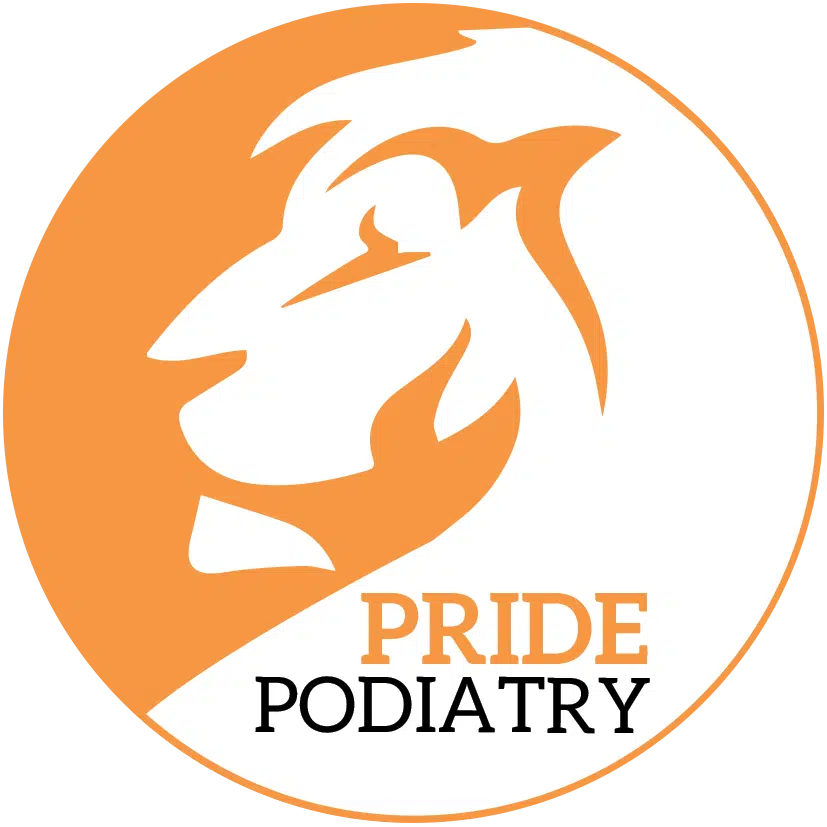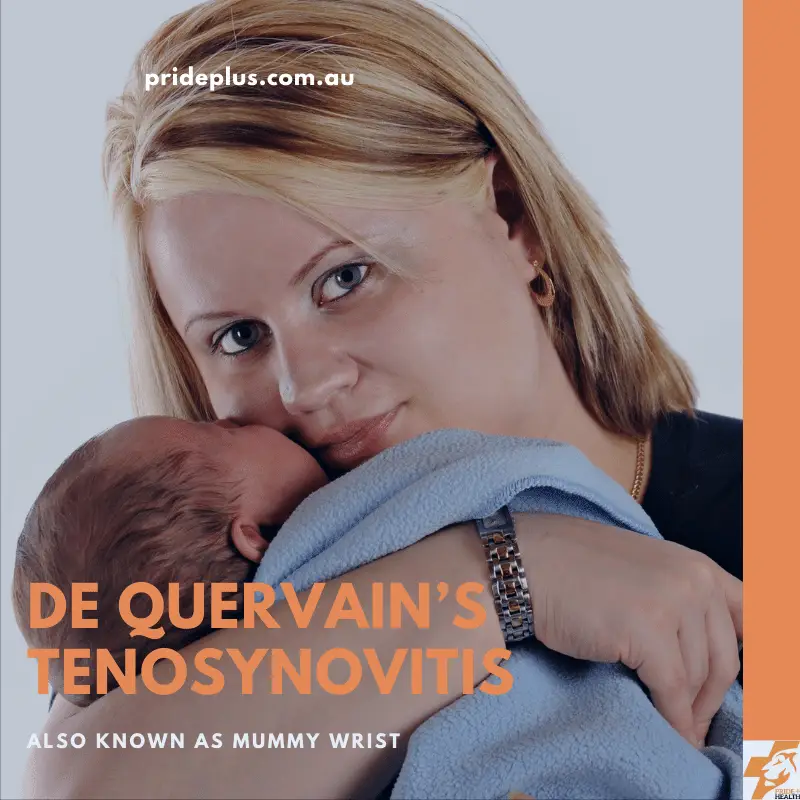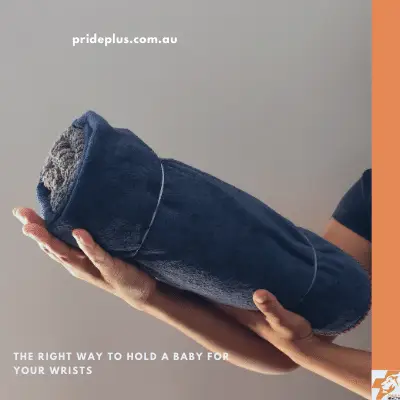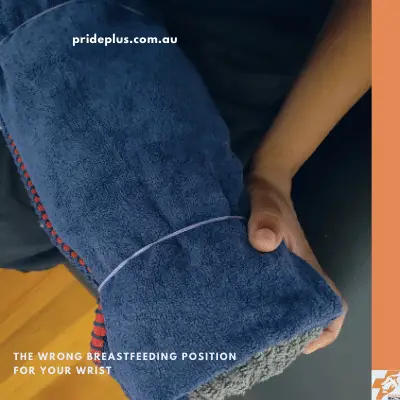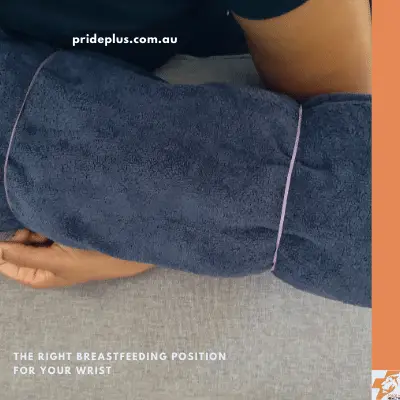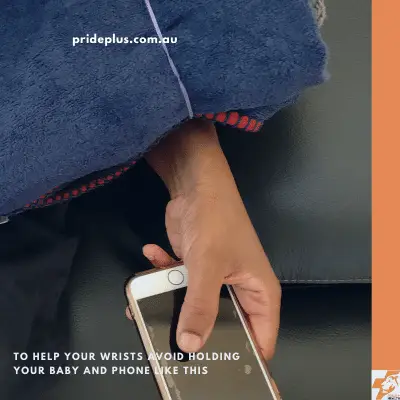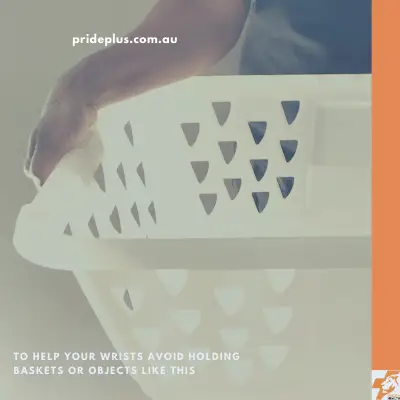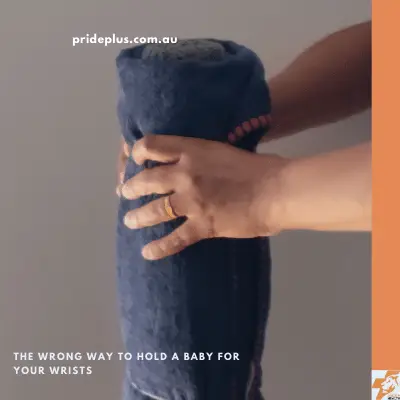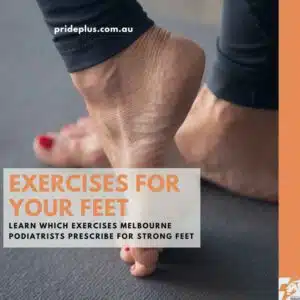Let’s talk about De Quervain’s Tenosynovitis, also known as Mummy Wrist.
Battling with wrist pain? Book in online with our physiotherapists now to get treatment.
Just when you think you have survived the marathon of pregnancy and labour, motherhood throws a new curveball at you in the form of sore wrists / tendinitis!
What starts as an occasional niggle soon transforms into something much more sinister.
It has the capacity to affect the very motherhood journey you have embarked upon and threaten to tarnish the happy memories that you set out to create.
Yes, I know.
Been there.
Twice.
And the ‘mum-magnet’ of a physio that I am, I have treated a lot of sore wrists. And I have got it down pat.
So I thought it’s high time I put down everything I know about wrist tendinitis in new mums-what works and what doesn’t.
Wrist tendinitis has a fancy name, ’De Quervain’s tenosynovitis’. Fritz de Quervain, a Swiss surgeon, first described this wrist pain in washerwomen.
De Quervain’s Tenosynovitis
What Causes It?
In the bygone days, a washerwoman would repetitively load her wrists and thumbs with the beating, wringing and lifting the laden baskets.
New mums do something similar with the repeated lifting, carrying and holding the baby that results in pain under the base of the thumb area.
A wee little baby is no match to a mountain load of laundry, I can hear you say.
Well, the ‘wee little thing’ (+nappy!) could easily weigh up to 4kgs.
And they are a lot of work for the hands with all the feeding, burping, cuddling, holding, changing diapers on a constant repeat mode.
If someone (some man!) refutes this, simply strap a 4kg dumbbell to their wrists and pretend to be a new mum for 24 hours. Ouch!
Laundry is much easier these days, but with the ‘village’ that is needed to raise a child getting smaller and smaller, sadly sore wrists are here to stay.
We also know (in a vague way) that hormones (pregnancy, breastfeeding) do play a role here, just don’t know enough to modify the outcome.
Just blame the hormones hey!
What Is Affected?
There are two tendons in the thumb, a short one called the extensor pollicis brevis and a long one called the abductor pollicis longus.
They are buddies and work together to move the thumb.
They are covered by a synovial sheath that pumps lubricating fluid into them.
This allows the tendons to slide and glide easily inside the narrow tunnel of the wrist.
When these tendons are repeatedly used, the synovial sheaths become inflamed.
This is what is known as tenosynovitis.
The swelling and the resultant pain are the ‘angry’ tendons letting us know they have had enough – the classic tenosynovitis scenario.
I have seen it present in a ‘spectrum’ ranging from mild swelling ➡grotty ➡ sandpaper-ish tendons in varying degrees of severity.
How bad it gets is often dependent on how much you’ve ignored the initial pain.
The Test For De Quervain’s Tenosynovitis
Finkelstein’s Test
Hold your thumb within your fist, then move the wrist from the thumb side to the little finger side.
If it reproduces the pain on the base of the thumb area, you are most likely to have De Quervain’s tenosynovitis.
An ultrasound can be used to confirm the diagnosis, not always necessary.
How To Manage The Pain?
Do less with your wrists and thumbs!
This is the most important management strategy of all in the management of De Quervain’s tenosynovitis.
Repeated loading of the wrists and thumbs made it worse in the first place and unloading them is needed to reverse the injury.
Easier said than done, I know…
My wrists could not cope with the increased workload that came with a newborn and a tottering toddler, a paltry 6 weeks maternity leave in the US and a job that involves using the hands a lot.
What does your workload involve?
Reducing the workload for you could mean asking for help and outsourcing when you can.
Bottom line. Do less of everything (not just baby-related) and rest those sore wrists/thumbs, they will thank you for it.
Do it differently!
Here is a catch-22 situation.
Your baby does not get any smaller in fact, doubles or triples in weight during the first year.
So how do we make it easy for the already compromised tendons, to cope with the progressively increasing load?
Change the mechanics.
Repeated loading of the wrist from fingers-down to the fingers-up position makes it worse.
This could be avoided by locking your wrists (keeping the wrists in alignment) and using the larger and more proximal muscles of your arm to lift your baby.
Here is a video explaining the change in mechanics concept.
My ‘baby’ is a head-size away from surpassing my height, so I had to make do with a rolled-up towel instead.
The truth is, it only works if you do the ‘right’ thing every single time.
No half-hearted measures!
A brace works really well to stabilise the wrist/thumb.
‘Mouldable’ braces (we can help you here) are way better than over-the-counter cheap ones as they hug the contours well and avoid the ‘gapping’ that happens with frequent use.
Recently one of my clients had this piece of wisdom to share.
She had forgotten to wear her brace for a couple of nights and was consistently waking up sore. It turns out she has an interesting way of positioning her wrist/hand all curled up under her chin. This definitely was not helping her wrist tendinitis and the brace came in handy at night.
I haven’t had much success with tapes instead of braces.
They are just not practical when you have to wash your hands a gazillion times while caring for little humans!
Be it prolonged mobile phone use or less than ideal breastfeeding position, wrist/thumb pain in new mums needs a lot of problem-solving.
I have compiled a variety of positions that come up frequently during my conversations with my clients with wrist tendinitis.
You will find the list at the bottom.
It’s not exhaustive but will point you in the right direction.
Make them stronger and mightier.
Strengthening exercises will increase the capacity of the tendons to accept load better.
However, it is not always easy to know for yourself what is the optimal dosage and type of exercise for your wrists.
Tendons are tricky things to load, too little-has no effect on them, too much-they are raging mad!
This is where seeing us physiotherapists for the ideal loading exercises and dosage.
Book in with us physiotherapists online here to get started sorting your sore wrist.
Corticosteroid injections are useful in certain situations to reduce inflammation and pain.
You shouldn’t stop with just a jab though, you must always follow through with the advice above. Changing positioning, de-loading and building capacity with appropriate exercises.
Ultrasound, Dry Needling and other Electrotherapy do not work.
Full Stop.
What Else Could Cause Wrist Pain?
Ganglion cysts, Osteoarthritis, carpal instability, nerve entrapment, ligament sprains, trigger thumb or multi-joint inflammatory pattern, all mimic De Quervain’s tenosynovitis.
And this is where Dr Google is not useful.
Differentiating between all of these similiar feeling conditions takes an expert.
Book in with us physios for that, you’ll save yourself time, money and a lot of wrist pain!
With this, I hope you now have a good idea of how to manage wrist tendinitis.
You have access to proven strategies that you can use right away.
De Quervain’s Tenosynovitis Appendix
Here’s my top tips on how to use your wrists well.
